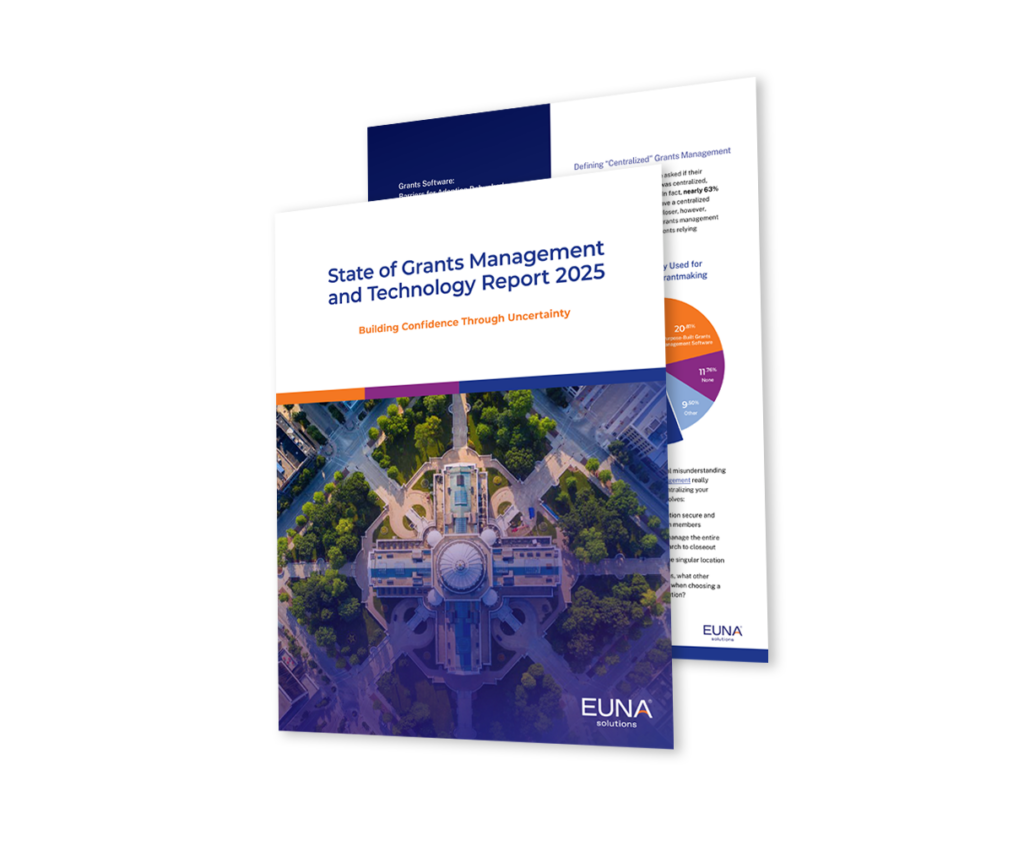Ever since the start of COVID-19, public procurement teams have had to adapt their processes. One big change was the way they received vendor submissions; with social distancing in place and as many as 98% of procurement teams working from home, it became nearly impossible for vendors to drop off their printed submissions at procurement offices. Procurement teams needed a submission alternative if they wanted to get emergency supplies and services to their constituents in the midst of a pandemic.
That’s why many public procurement teams turned to email to accept bid and RFP submissions. Although at face value that may seem like a reasonable solution to these new challenges, email was not designed to handle the rigor of public procurement, and its limitations could have potential legal ramifications that could cost you your job or start a lawsuit at your organization. After all, the pandemic doesn’t give procurement a free ride from remaining accountable to taxpayers, as many recent re-evaluation and re-tender orders issued by the U.S. Government Accountability Office (GAO) demonstrate.
Here are the top three reasons why accepting vendor submissions via email can get you or your agency in a lot of trouble—and what you can do about it.
1. Receiving email vendor submissions is like herding cats
Although simple and straightforward on the surface, receiving email vendor submissions can become really messy, really quickly. Some consequences are obvious—submissions could end up in your junk mail and get missed, or strict public sector firewalls might block the email from coming in altogether.
Then there are the consequences that are not so immediately obvious. For example, there could be a delay in email receipt due to a slow connection, resulting in inaccurate timestamps. You might mark the submission as “late” because it arrived in your mailbox 5 minutes past the deadline, but the vendor swears they sent it with 20 minutes to spare. How can you prove who is right?
Even file sizes can become a problem. Did the vendor mistakenly think that it was a multi-envelope submission or did they just have to send multiple emails because the files were too large to send in one email?
Email submissions open up so many opportunities for vendors to challenge you—and that’s before you even open the email.
2. Speaking of opening emails, how can you prove you did it at the appropriate time?
One critical limitation of email submissions is the fact that there is no way for you to prove that you did not open and review the email prior to the deadline or at an appropriate point in the evaluation process.
Again, this limitation makes the situation ripe for public scrutiny and questioning. Even if you still hold a “public opening” over a video conferencing app, for example, can you really provide a satisfactory, evidence-based response if a vendor asks, “Can you guarantee you did not open the file attached in our email prior to opening?”
All it takes is for one vendor to challenge the process to start a lawsuit. And the reality is that, with email submissions, proving that you did not open and look at it before the deadline is simply impossible.
3. Audit trails are out of the question.
How do you keep an audit trail for email submissions? Through an email thread? Emails don’t capture anything other than, well, emails. They don’t include important things like evaluator notes and logs of who opened them. So chances are, your audit trail is going to be incomplete.
Not to mention that records requests are incredibly time-consuming. Think about how long it takes you to find one specific email when you’re looking for a piece of information—now imagine having to dig up hundreds of emails pertaining to a particular bid or RFP and trying to piece everything together.
With an incomplete audit trail, defending decisions becomes that much harder. Don’t forget that even in a pandemic, the public sector is still held to pre-pandemic compliance standards, and you will be expected to provide concrete evidence for your decisions if they’re challenged. In the past few months, the GAO has had to order multiple state departments to re-evaluate proposals and make new sourcing decisions because there was no audit trail to justify evaluation conclusions.
We get it—with the world turning upside-down and a State of Emergency being declared in many places, procurement teams have had to think on their feet and quickly adapt to the situation. But there are ways to be innovative and agile that don’t put your job and your agency on the line.
Euna Procurement is built for the rigor of public sector procurement. With built-in compliance requirements, online bid submission capabilities, and mandatory evaluator comments within the platform to ensure complete audit trails, you can eliminate email from your process altogether. Learn more by booking a demo with us.

